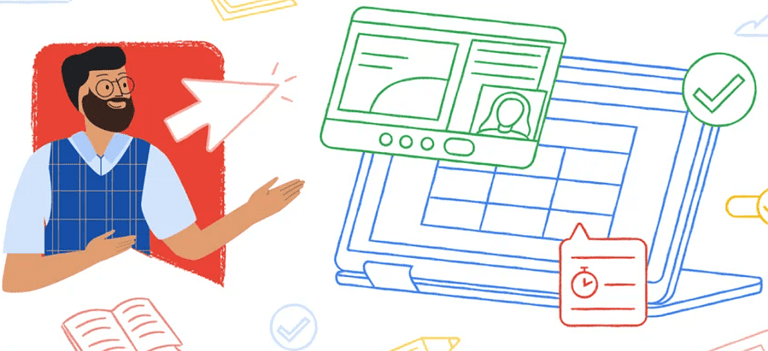Google unveiled its latest advancements in accessibility and learning tools during the International Society for Technology in Education (ISTE) expo.
The features introduced include an expanded reading mode, seamless integration of sign language interpreters in Google Meet, and AI-powered question suggestions in educational settings.
Having already integrated AI into consumer products such as Search, Gmail, and Sheets, Google now brings AI-powered questions to assignments centered around YouTube videos. Educators can tailor the questions or rely on the suggestions provided by the AI while looking forward to an expansion that will support Spanish, Portuguese, Japanese, and Malay.
Accessibility features
March witnessed the introduction of Reading Mode, a side panel that eliminates distractions like videos and images, focusing users’ attention on the text. Initially available only for Chrome OS browsers, Google announced its imminent release for all Chrome users.
Addressing the needs of users, Google announced that Chromebook users would soon be able to convert images into text within PDFs. However, the feature is not expected to allow direct copying of the extracted text.
Google also introduced new fonts for Arabic, Cyrillic, and Latin systems to enhance readability. These optically variable fonts adapt their design to different sizes, ensuring improved legibility across various platforms.
On the collaboration front
Google Meet, the company’s video conferencing platform, now includes a tile-pairing feature that highlights both participants when one is speaking. This innovation facilitates seamless communication between speakers and sign language interpreters.
Furthermore, Google Meet offers additional features, such as support for polls and Q&A sessions during live streams for classrooms, with “Teaching and Learning Upgrade” or “Education Plus” subscriptions.
Google provides free access to Workspace for education, while advanced security, learning tools, device management, and analytics are available through the Standard tier for $3 per student per year and the Plus tier for $5 per student per year.
